| Description: |
| Description: |
| Incamake: |
| Description: |
| Description: |
| Incamake: |
| Description: |
| Description: |
| Incamake: |
| Description: |
| Description: |
| Incamake: |
| Description: |
| Description: |
| Incamake: |
Ngororero Memorial Site is situated in the former Kingogo area, which comprised the former Kibirira and Satinsyi communes and a part of the Gaseke and Ramba communes. In this area, there is a hill called Kageyo Hill located at Umukore wa Rwabugili, or Rwabugili’s bow, where King Kigeli IV Rwabugili met Gustave Adolphe von Gotzën on 12th May 1884 (von Gotzen is considered to be the second European to set foot in Rwanda). A number of high profile genocide planners are native to this area including Léon Mugesera who was arrested in Canada and extradited to Rwanda, where he is being tried for genocide.
Among the ethnic groups in this area were Tutsis known as the Abagogwe, a group that was subjected to targeted massacres between 1990 and 1993.
Early Violence 1959-1962
Consistent with many places across Rwanda, Tutsis from Ngororero faced various forms of harassment ranging from looting and burning of property to murder. Cattle belonging to Tutsi was either slaughtered or stolen and sold. Some Tutsis were forcibly relocated to other regions in Rwanda and others fled the country.
First Republic 1st July 1962 – 4th July 1973
In Ngororero, the Tutsi continued to be mistreated under the First Republic. This included further killings and forcible relocations. Tutsis were also deprived of their right to education and employment, facing discrimination in secondary education, public employment, and the armed forces. In practice, the only way for a Tutsi to find meaningful employment was through favours from an influential Hutu leader.
Second Republic 5th July 1973 – 6th April 1994
During this period, the persecution of Tutsis continued in Ngororero with further discrimination in education. Because of the quota system, most Tutsis were not allowed to sit national examinations or pursue secondary education unless he/she changed their ethnic identity to Hutu.
When the RPF Inkotanyi launched its attacks in 1990, prominent Tutsis in Ngororero were arrested on the pretext of being accomplices and were put in prison, including: Denys Gasana, Jean Bosco Semutakirwa, Jean Jacques Rujabuka and Aloys Gakumba. Whilst in prison, those arrested were subjected to beatings; often leading to permanent disabilities. Others were killed or relocated and cattle belonging to Tutsis was stolen and killed.
On the 10th October 1990 in the Musagara Sector, sector coordinators met at the Ngororero Sub-Prefecture for a meeting to prepare to kill Tutsis. Following the meeting, whistles signalled people to action, encouraged by the words: “Come and let’s go to work, let’s go to work”. This call led to mass killings of Tutsis that foreshadowed the methods used in the genocide of 1994. From 11th-13th October in Kibilira, Tutsis were attacked by army and militia units resulting in the death of some 400 civilians. Five hundred homes were set on fire and 10,000 Tutsis were rounded up, imprisoned, and tortured. In 1991, from mid-January to mid-March, several hundred more Abagogwe (mentioned above) were murdered. Bernard Niyitegeka, at that time the sub-prefect of Ngororero, was the principal leader of the groups conducting the killings.
In contrast, François Nshunguyinka, the Prefect of Gisenyi, visited the Tutsis refugees at Ngororero Court who reported acts of killing to him: property being burned, looting and theft of livestock. He stated that the purpose of his visit was to inform them that security had been restored and that it was safe for them to return home. However, on hearing their complaints, Nshunguyinka took the Tutsis to the MRND Palace and gave each person 20 sheets of iron so they could begin to build a shelter. Nshunguyinka is also credited with saving a man, Anasthase Ngarambe, from being thrown into the Nyabarongo River. Ngarambe had been tied to a tree and beaten; however, Nshunguyinka rescued him and took him to Gisenyi Hospital (Ngarambe was later killed in 1994).
Even after Habyarimana allowed for the establishment of multiple political parties, killings and persecution of Tutsis continued and were brought to the attention of the authorities. In March 1993, 12 members of the family of Joseph Rukara were killed and the following day when President Habyarimana visited the Ngororero Sub-Prefecture he met Tutsis who had moved to the MRND Palace and was briefed on the range of atrocities that had been committed against them. When the president left the palace, gendarmes were deployed to ostensibly protect the Tutsi; however in 1994 those same gendarmes killed them.
This presumption of “protecting” Tutsis contrasted sharply with actual reports by authorities, which demonstrated that the government had no interest in the security of the Tutsi, including those who were being mistreated. In a confidential report by the Political and Administrative Commission on the Disturbances in Gisenyi, Ruhengeri, and Kibuye Prefectures, it states that, “as far as the speech of Léon Mugesera at Kabaya on 22/11/1992 is concerned, it was a simple invitation to chase the Tutsis and the members of other political parties different from MRND and CDR”. Some authorities themselves led demonstrations encouraging the mistreatment of Tutsis and others opposed to the MRND and CDR.
Genocide April 6, 1994 – July 19, 1994
On the 9th April 1994, Ngororero Sub-Prefect Bernardin Bazimaziki visited Tutsi refugees at the MRND Palace and asked them to leave and return home because the “MRND Palace was built by the contributions of the Hutus”.
On the 10th April, attacks by Interahamwe militia from Ngororero and Giciye communes were launched against those Tutsi at the MRND Palace, killing all Tutsi in that place. The attacks initially used conventional weapons (guns and grenades) before the building was set on fire, burning alive all of those who had survived the initial attack. Evidence of the attacks has been collected from nearby residents, confirming that only two persons survived out of an estimated 14,500 Tutsi that had taken refuge at the MRND Palace.
The Interahamwe militia had surrounded the perimeter of the MRND Palace, which enabled them to kill Tutsis trying to escape. After the first day of attacks and burning of the buildings, there were 20 survivors protected under piles of dead bodies. They were taken to the head office of Ngororero Sub-Prefecture.
On 11th April, whistle signals were sounded indicating that security had been restored and people could join others at the Sub-Prefecture. This was in practice a plan to ensure all survivors were gathered in one place and easier to kill. This proved effective as all Tutsis that had survived in Ngororero left the places where they had been hiding and joined the 20 Tutsis who had survived the killings at MRND Palace. Interahamwe then attacked the building and killed them all; no one survived.
In May 1994, the attacks moved to Kabgayi where Tutsis from various parts of the country had sought refuge including some that had left Ngororero before the killings. Those originally from Ngororero were returned to Ngororero on two buses after being told that security had returned to their town. On arrival, however, all those being transported were stripped naked and then killed. The director of MINITRAPE in Ngororero arranged for a bulldozer to dig a pit in which all the dead bodies were thrown. This led to a celebration by the leaders, as this final act confirmed that all Tutsis in Ngororero had been killed.
Ngororero Genocide Memorial
Ngororero Genocide Memorial site was established on 10th April 1996. It is located in the former MRND Palace, and has to date received 8,402 bodies, including those exhumed from the Palace and the mass graves of the former Ngororero Sub-Prefecture and others buried at their homes.
The Ngororero Genocide Memorial belongs to the district. The grounds of the MRND Palace are fenced, while the actual buildings have been maintained in order to preserve the site of the killings.
After the 1994 genocide, there were efforts on the part of some to negate or revise the events that took place at the MRND Palace, and there was even an attempt to convert the former palace into a guesthouse, which would have resulted in the destruction of important evidence. By preventing this from taking place, it enabled the former MRND Palace to become the genocide memorial site for this area.

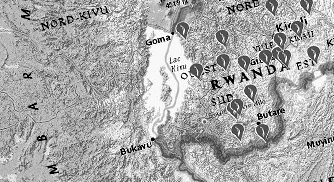
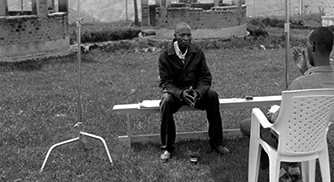
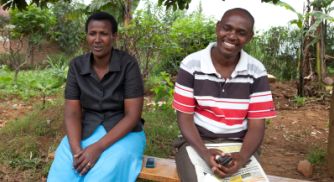
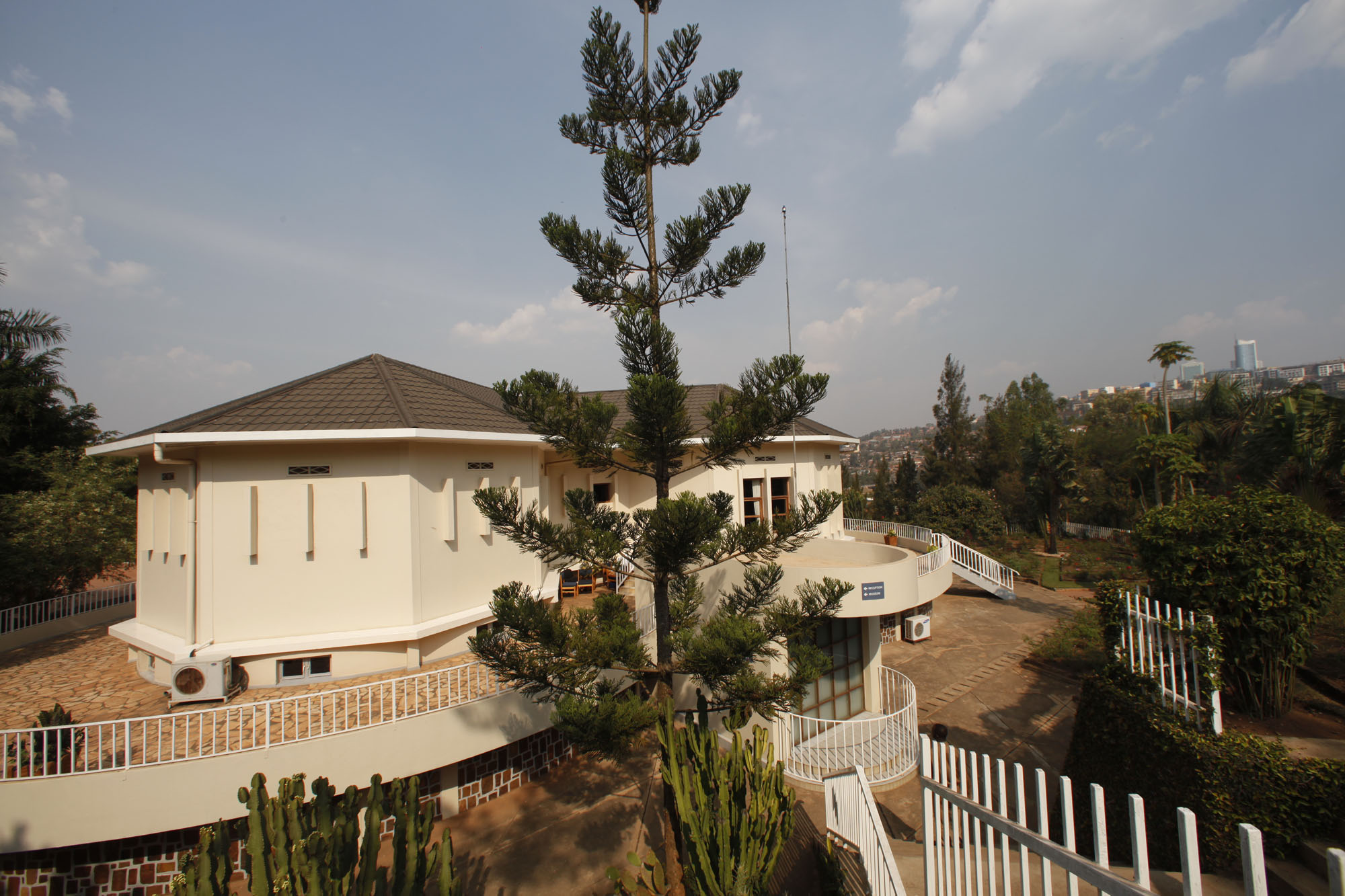
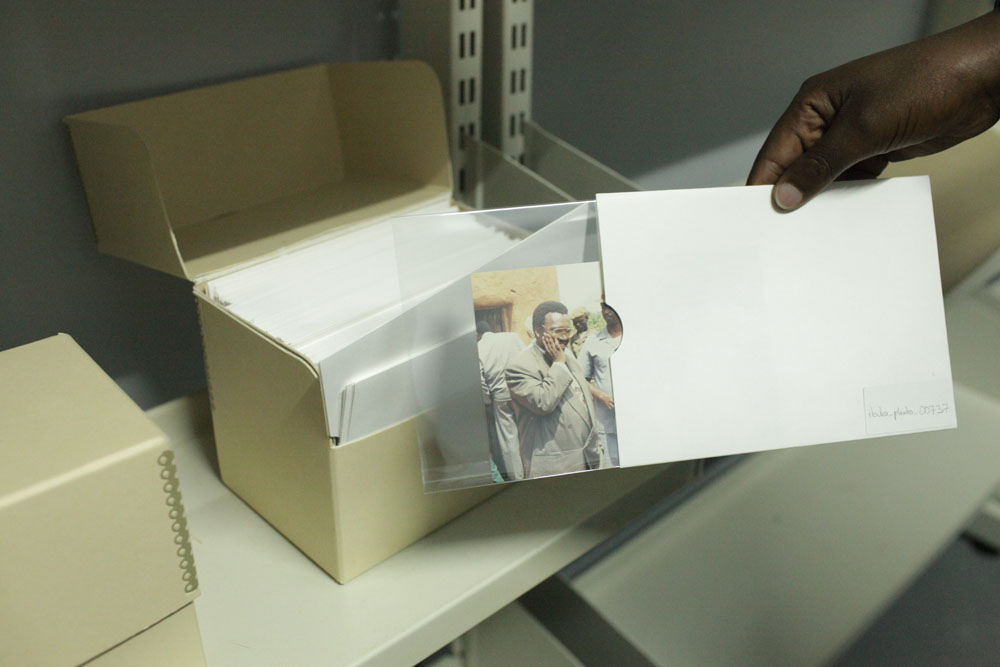
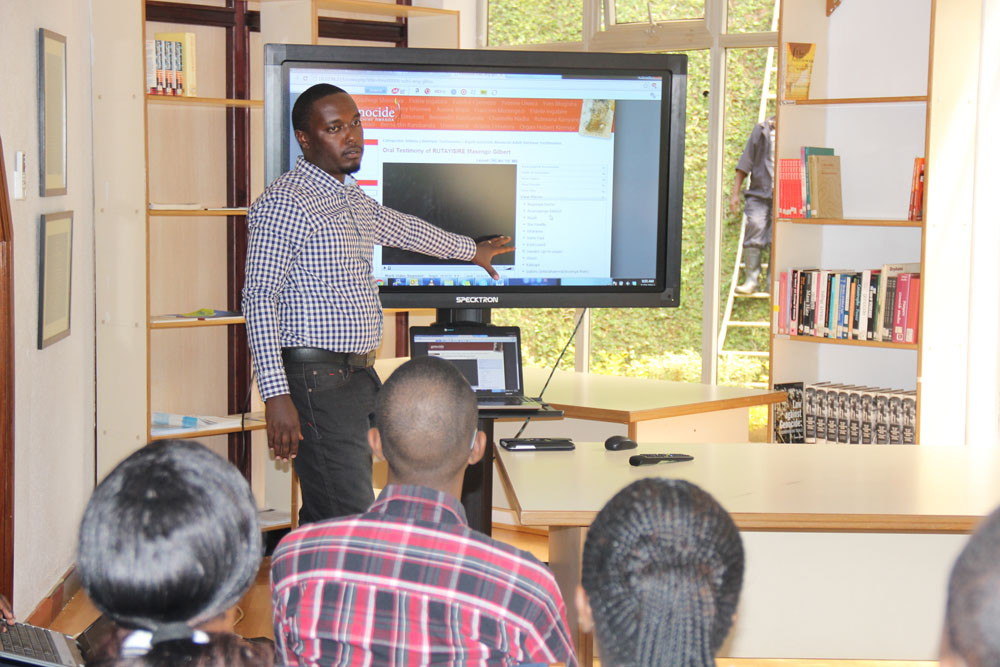




.jpg)
.jpg)
.jpg)
.jpg)
.jpg)
.jpg&rsargs[]=502&rsargs[]=)
.jpg&rsargs[]=502&rsargs[]=)
.jpg&rsargs[]=502&rsargs[]=)
.jpg&rsargs[]=502&rsargs[]=)
.jpg&rsargs[]=502&rsargs[]=)
 Share this gallery
Share this gallery
.jpg&rsargs[]=180&rsargs[]=180)
.jpg&rsargs[]=180&rsargs[]=180)
.jpg&rsargs[]=180&rsargs[]=180)
.jpg&rsargs[]=180&rsargs[]=180)
.jpg&rsargs[]=180&rsargs[]=180)